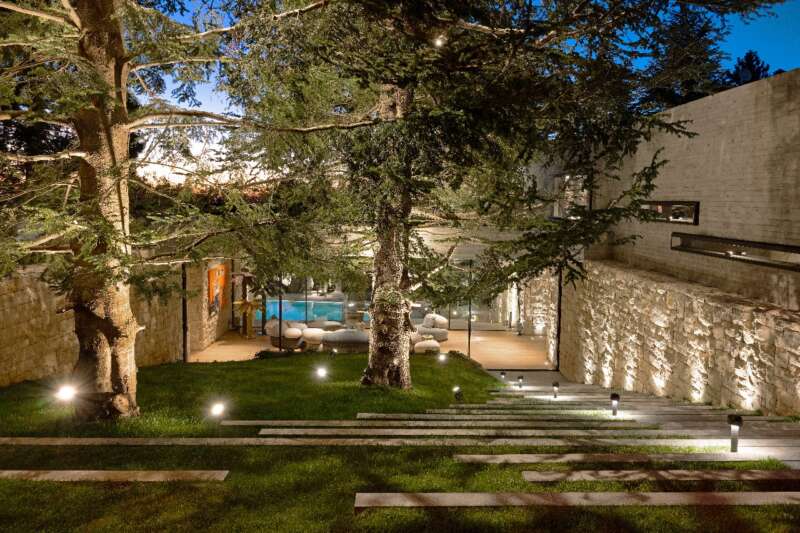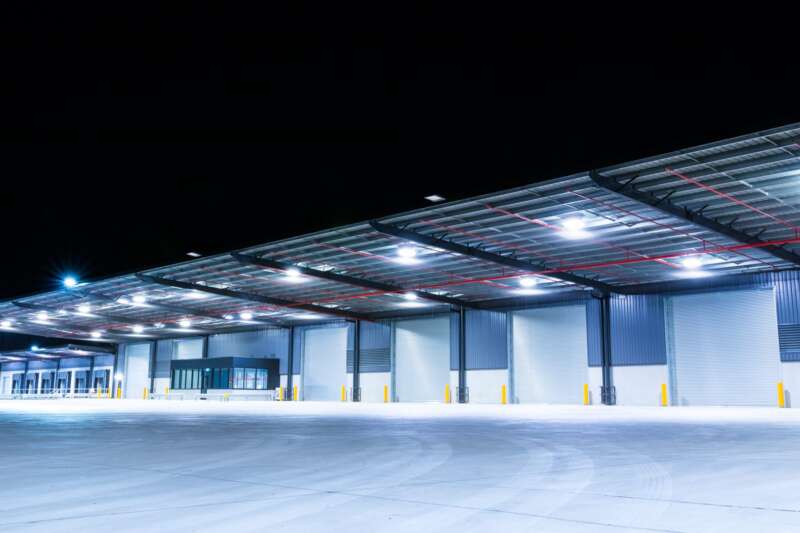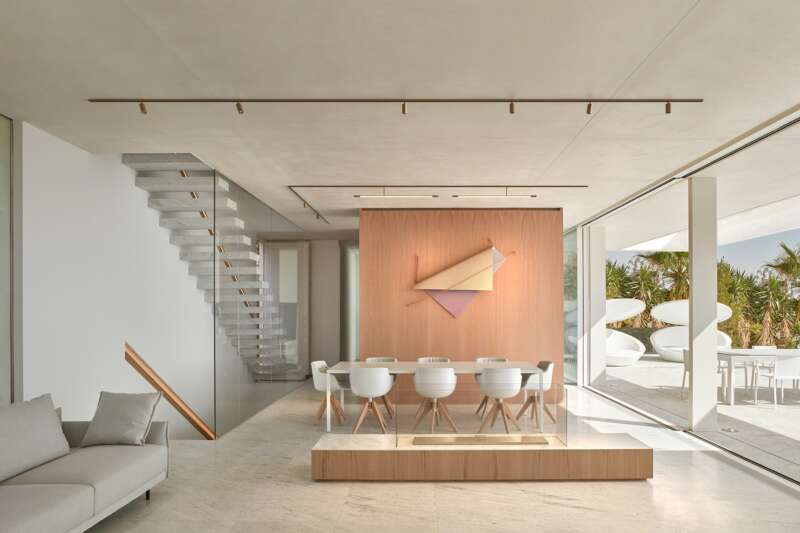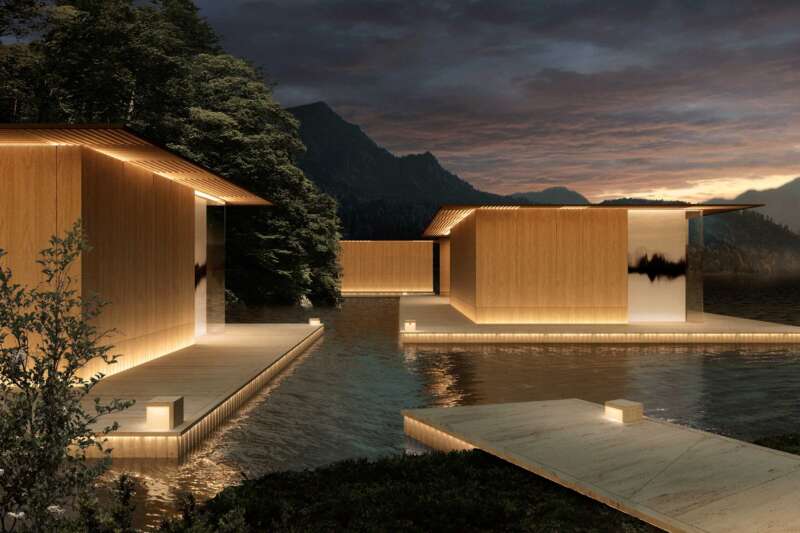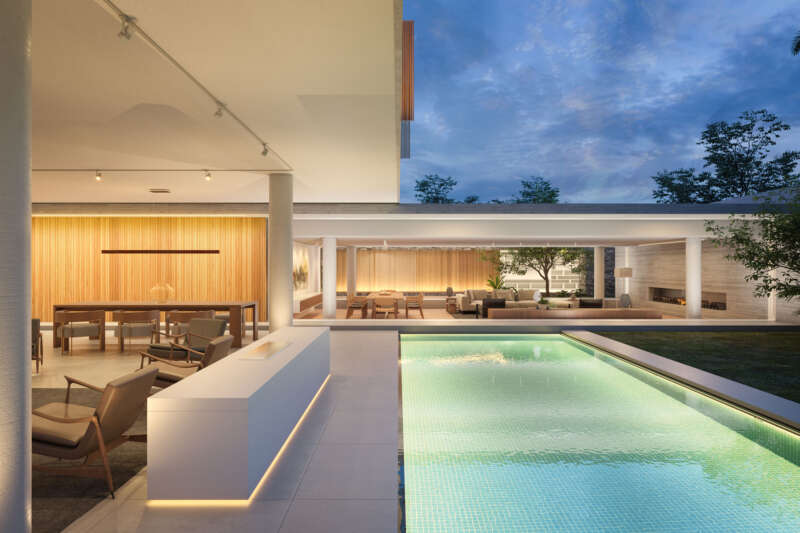Functional Lighting Design: Trees and Plants
Various fixtures and techniques can be used in functional lighting design. In this section, we explore how to illuminate different garden features.
Trees and Plants
Lighting design plays a pivotal role in accentuating the natural beauty of trees and plants within garden landscapes. To enhance the visual allure of trees, consider uplighting from the base to illuminate the trunk and branches, creating captivating silhouettes against the night sky. For shrubs and low-lying plants, a well-placed outdoor spotlight can highlight their textures and intricate foliage.
Evergreen Trees:
Use uplighting positioned at the base to showcase the branches and needles.
Result: Creates a dramatic silhouette against the night sky, emphasising the tree’s structure.
Flowering Trees:
Employ outdoor spotlights or inground lights to illuminate the canopy and highlight blossoms.
Result: Accentuates the vibrant colours of flowers, turning the tree into a focal point.
Palm Trees:
Install inground lights or ground-mounted fixtures around the base for an upward glow.
Result: Enhances the unique structure of palm fronds, casting shadows and creating a tropical ambience.
Ornamental Shrubs:
Use spotlighting from various angles to emphasize textures and details.
Result: Adds depth to the landscape by showcasing the intricate features of the shrubs.
Deciduous Trees:
Combine uplighting for the trunk with downlighting through branches for a balanced effect.
Result: Illuminates the tree’s form and the surrounding area, creating a soft, natural ambience.
Bamboo Plants:
Employ inground lights or in-ground fixtures at the base to showcase the height and canes.
Result: Creates a serene and exotic atmosphere by emphasizing the vertical lines of bamboo.
Ground Cover Plants:
Use subtle path lighting or low-intensity well lights for gentle illumination.
Result: Adds a soft glow to ground-level foliage without overpowering the surrounding landscape.
Experiment with different intensities, colour temperatures, and angles to achieve the desired aesthetic while considering the specific characteristics of each tree or plant type. Techniques such as shadowing can add depth, casting intriguing patterns on walls or adjacent surfaces.
Layered lighting is a key strategy for achieving nuanced effects in garden landscapes. Combining various fixtures, such as path lights, inground lights, and spotlights, allows for creating a multi-dimensional lighting scheme. Pathlights can guide the way, while spotlights draw attention to specific plants or architectural elements.



